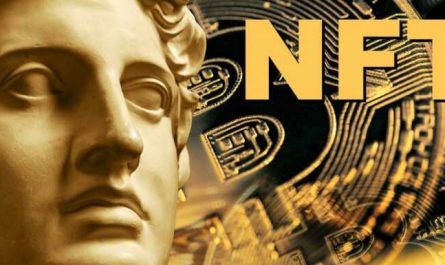The Australian Financial Compliance and Enforcement Agency (AUSTRAC) has published new recommendations to assist financial institutions in identifying when consumers are using digital currencies for illegal activities. It did, however, caution that barring clients only based on a presumption of such behavior was a bad practice that may have serious consequences.
Increased Cyber Crimes In Australia
A declaration made earlier today by AUSTRAC observed that a rise in online crimes has coincided with the increased usage of cryptocurrency and blockchain tech.
“Cyber-enabled criminality is becoming a more serious menace to Australians. Approximately 500 ransomware assaults were recorded in the 2020-21 financial year, according to the Australian Cyber Security Centre (ACSC). This represents over 15% increase over the past year,” AUSTRAC noted.
Founder and CEO of Blockchain Australia, Steve Vallas, expressed his appreciation for the latest guidelines, noting that “the usage of virtual currency for illegal reasons is not allowed in the country.” To guarantee that enterprises can recognize and report activity that puts Aussies at risk, “an open discourse, proactive direction, and strong connections between the industry and government are required.”
Specifications Of The Guideline
In the guidance, AUSTRAC identified many clues that a consumer may be attempting to give a fraudster money. The list includes characteristics such as irritation with the pace of transactions, unexpected huge transactions from freshly onboarded firms, and withdrawals of one’s whole assets followed by a complete absence of engagement in the bank account afterward.
Although the signs may seem self-explanatory, AUSTRAC cautioned that most “persons are typically hesitant to complain” since they just want their companies back as quickly as possible.
As stated in the crypto usage guide, actions like evading taxes, money laundering, fraud, and acquiring of unlawful items on the dark web are among those that are prohibited by Australian law. Money theft received the greatest notice from the regulatory body, who highlighted the basic components, which included “placing, layering, and then integration.”
To “distance the money from the source,” after acquiring it, the fraudster will find ways to transfer the stolen assets across many accounts and networks (layering). DeFi, mixers, and anonymity coins were all mentioned as possible approaches to this. Once this is accomplished, the malicious party may re-introduce the money into the common financial goods or services where the funds were originally intended to be used.
“The exchange of government-issued cash for and against other currencies is the moment at which a fraudster is most visible and traceable,” the guide stated.
The guidance cautioned conventional financial institutions against de-banking clients since this is a significant source of contention in the cryptocurrency community and might lead to serious consequences if an innocent person is labelled as a fraudster.
















